Welcome to ART150
By Su Baker, Director of the Victorian College of the Arts
As a year-long celebration of Melbourne and its art kicks off, the Director of the Victorian College of the Arts outlines her reasons to be cheerful.
It is my great pleasure to welcome you to ART150 – a year-long celebration of the distinguished history of the Victorian College of the Art’s School of Art, its genesis in the National Gallery of Victoria Art School in the 19th century, its rich 20th century history and its 21st-century present and future

This is the beginning of an exciting and absorbing project, one that shows the deep historical roots shared between the State Library of Victoria, at which the School of Art was established in 1867, and the University of Melbourne, which, as home to the VCA, continues that lineage today.
Presciently, perhaps, the foundation stones of the State Library and the University were planted on the same day – 3 July 1854 – by Governor Sir Charles Hotham, at the request of Sir Redmond Barry.
Born in Ireland in 1813, Barry arrived in New South Wales in 1837 before moving to Melbourne two years later, where he was appointed a judge of the Supreme Court of Victoria and latterly an Administrator of the government and acting Chief Justice. Among his many services to the community, he served as the University’s first Chancellor until his death in 1880, and as president of the trustees of the State Library.

The Public Library (State Library of Victoria) 1860-1890. Image from State Library Archive.
Of course, since Barry’s time, much water has passed under the bridge, both in the story of Melbourne and that of its artists.
Honour
I was appointed as head of the VCA’s School of Art in 2000. It was a considerable honour, not only because of the reputation of the VCA at that time, but because of its legacy, of which I was acutely aware. My father, Allan Baker, was a student of the National Gallery Art School in the years after the second world war.
He, along with fellow war veterans John Brack (future Head of School and leading artist), Peter Miller (father of Lewis Miller), Douglas Green (father of Charles Green ) and many other notable artists, was supported through the Commonwealth Reconstruction Training Scheme.

the publication produced by the night students of the National Gallery Art School.
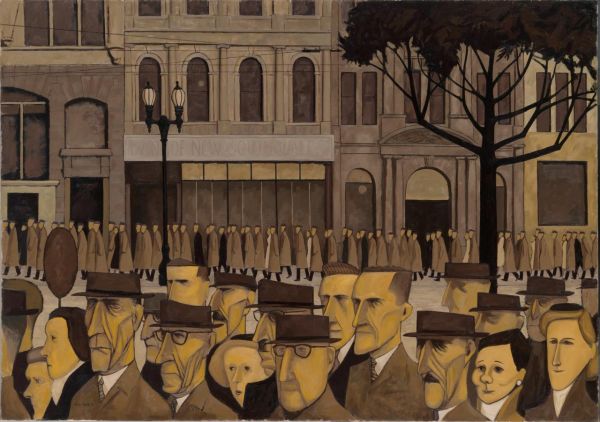
Those feisty post-war years brought a new confidence to Australian art and a political and social dynamism to the public discourse of art.
As a young girl I heard stories from my father about art school and his role as a political activist and indeed as the Student Union representative. He and I laughed after an occasion where I, as Head, had to negotiate with the student union leader on some issue of contention. There seemed to be some natural justice being repaid …
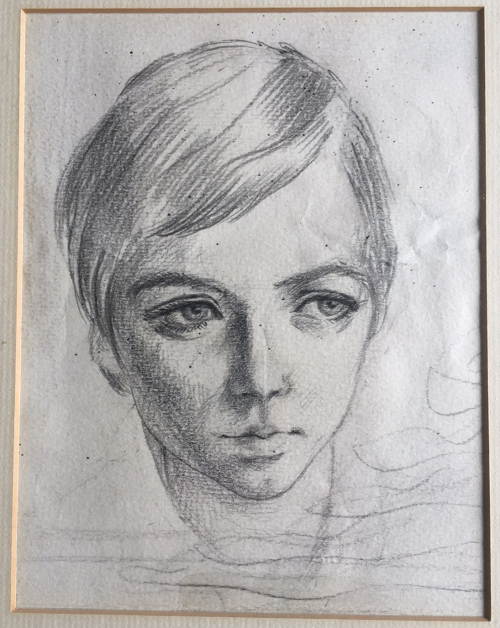
I also found the student publications from those years and a manifesto that Dad wrote, Painting for the People, which advocated public-funded support for all the arts. It’s interesting to note that all of those advocated demands are now mainstream arts policy.
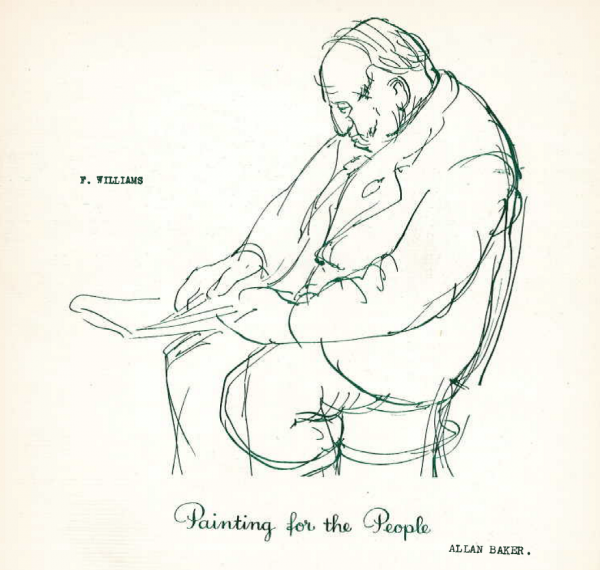
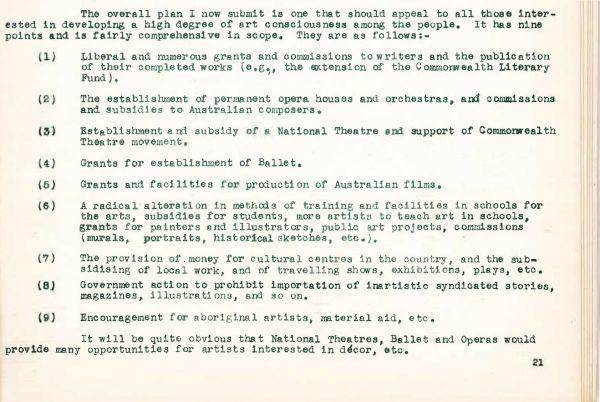
Coming up
Over the course of 2017 we will explore the ways in which the prevailing views of the time in the Colony and then the Federation of Australia were reflected in the methods of teaching, particular to Australian conditions and, curiously, at some remove from the influence of the avant-garde in Europe.
We will also explore how each generation fought to remake the School in its own image, an image that better reflected their times. The post-WWII and mid-century individuals; the radicalisation of the 60s, emerging into the robust and declarative 70s and 80s. And, indeed, in the 21st century.
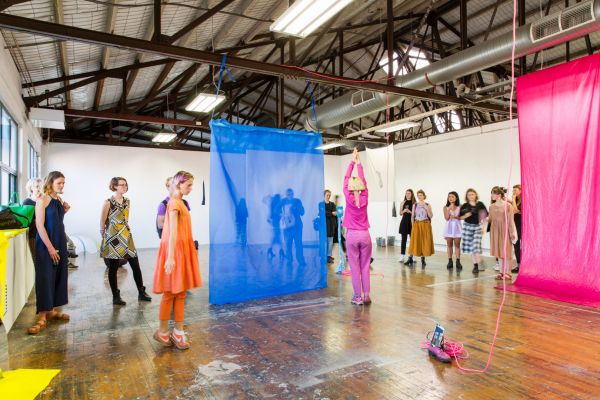
Such battles are what art schools are made of, each generation reflecting the tensions and aspirations of the times. This includes former students of the different periods, and people who worked at establishing the VCA School of Art from within the newly-created Victorian College of the Arts in the 1970s and on to the present.
Among the many events being planned for this year – which I would encourage you to attend wherever possible – are the NGV Artist Talks: a series of short floor talks by leading VCA Art staff on key Australian artworks by alumni; April’s Climarte exhibition, in which the not-incompatible themes of visual art and climate change will be brought to the fore; and, in June, the already-much-anticipated 9 x 5 Exhibition.
Referencing a show of the same name in the 1890s that featured works painted on cigar-box lids by world-famous alumni such as Frederick McCubbin, Arthur Streeton and Tom Roberts, more than 300 artists and alumni from VCA Art have been invited to submit a work of nine inches by five inches for an exhibition at the Margaret Lawrence Gallery. The works will be offered for sale, with proceeds going towards the newly-created ART150 Scholarship.
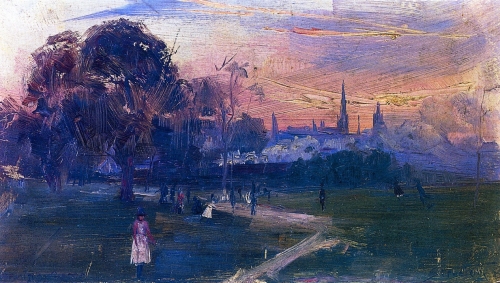
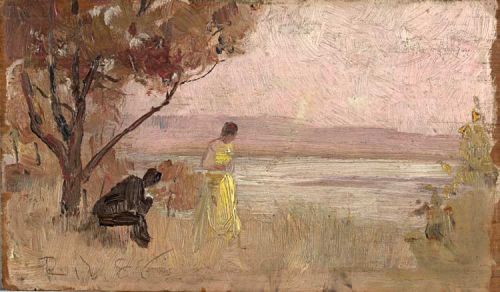
The program for 2017 represents a snapshot of the history which we will, over time, with the help of our extensive alumni community, build into a dynamic and living history, one that grows with each generation. The information age offers us opportunities to build a living archive and we hope that many will work with us to keep it alive.
We have much to be proud of as we celebrate our city and its art this year.